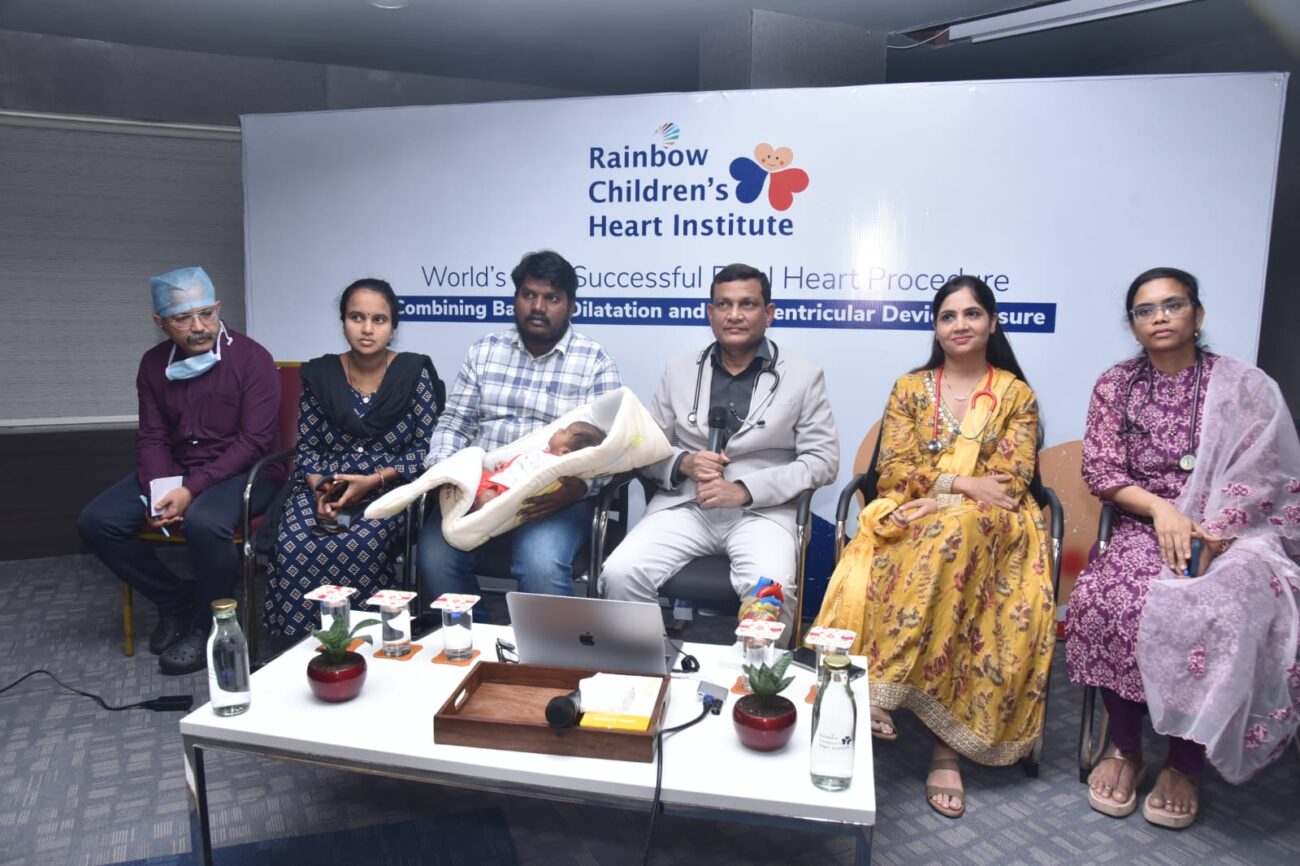Stentless Angioplasty with Drug-Coated Balloon: A Promising Approach for Arterial Blockages
Dr Pavan Rasalkar, Consultant-Interventional Cardiology, Fortis Hospital, Nagarbhavi Traditional angioplasty, a minimally invasive procedure to open narrowed arteries, often relies on stents to prop the vessel open and prevent reclosure. However, stents come with their own

Dr Pavan Rasalkar, Consultant-Interventional Cardiology, Fortis Hospital, Nagarbhavi
Traditional angioplasty, a minimally invasive procedure to open narrowed arteries, often relies on stents to prop the vessel open and prevent reclosure. However, stents come with their own set of limitations. Stentless angioplasty with drug-coated balloons (DCBs) offers a potential alternative, particularly for certain patients.
Understanding Arterial Blockages
Arteries are the highways of our circulatory system, delivering oxygen-rich blood throughout the body. When fatty deposits (plaque) accumulate on arterial walls, they can narrow the passage, reducing blood flow. This narrowing, called stenosis, can lead to chest pain (angina), shortness of breath, and even heart attack.
Traditional Angioplasty and Stents
Angioplasty involves inserting a catheter with a tiny balloon at its tip into the narrowed artery. The balloon is inflated, pushing the plaque against the vessel wall and widening the passage. However, without structural support, the artery can re-narrow (restenosis) over time. To address this, stents, tiny metal scaffolds, are often placed during angioplasty to hold the vessel open.
Limitations of Stents
While stents are effective, they have limitations. They are permanent implants, which can restrict future therapeutic procedures and limit treatment options if further intervention becomes necessary. Additionally, stents themselves can promote scar tissue formation, potentially leading to restenosis in the long run.
Enter Drug-Coated Balloons (DCBs)
DCBs are a newer technology used in stentless angioplasty. These balloons are coated with anti-proliferative drugs, typically paclitaxel. During inflation, the drug is transferred to the vessel wall, suppressing cell growth that can contribute to restenosis.
Benefits of Stentless Angioplasty with DCBs
* Reduced need for permanent implants: By avoiding stents, DCBs potentially offer a more natural approach to vessel opening.
* Improved access for future procedures: Without stents blocking the way, follow-up examinations or interventions become easier if needed.
* Potentially lower bleeding risk: DCB don’t need prolonged blood thinners and hence reduce risk of bleeding complications.
Who are Good Candidates for Stentless Angioplasty with DCBs?
This approach may be suitable for patients with:
* Narrowing in smaller calibre arteries
* to open Reblockages in already implanted stents
* Preference for a stentless procedure
* Those who are at high risk of bleeding
Suitability for DCBs depends on various factors, and a cardiologist will determine the best course of treatment based on individual needs.
Current Status and Future Directions
Research on DCBs is ongoing, with promising results for specific patient groups. Long-term data is still being gathered, but DCBs offer a potentially valuable tool for interventional cardiologists. As technology advances, DCBs with improved drug delivery and efficacy may further expand their role in treating arterial blockages.
Stentless angioplasty with DCBs is a developing technique with the potential to offer new avenues for treating narrowed arteries. It’s crucial to discuss all treatment options with your doctor to determine the most appropriate approach for your specific condition.
Case study:
A 70-year-old man with heart disease and prostate cancer suffered a heart attack and heart failure. Traditional treatments were risky due to his bleeding in urine because of prostrate cancer and need for blood thinners.
Doctors used a new technique called Stentless Angioplasty with a Drug-Coated Balloon (DCB) to treat the blockage in his heart artery. This approach avoided implanting metal stents, reducing the need for blood thinners and risk of re-blockage.
The procedure was successful, and the patient’s heart function improved dramatically within 2 days. He was discharged with minimal bleeding.






